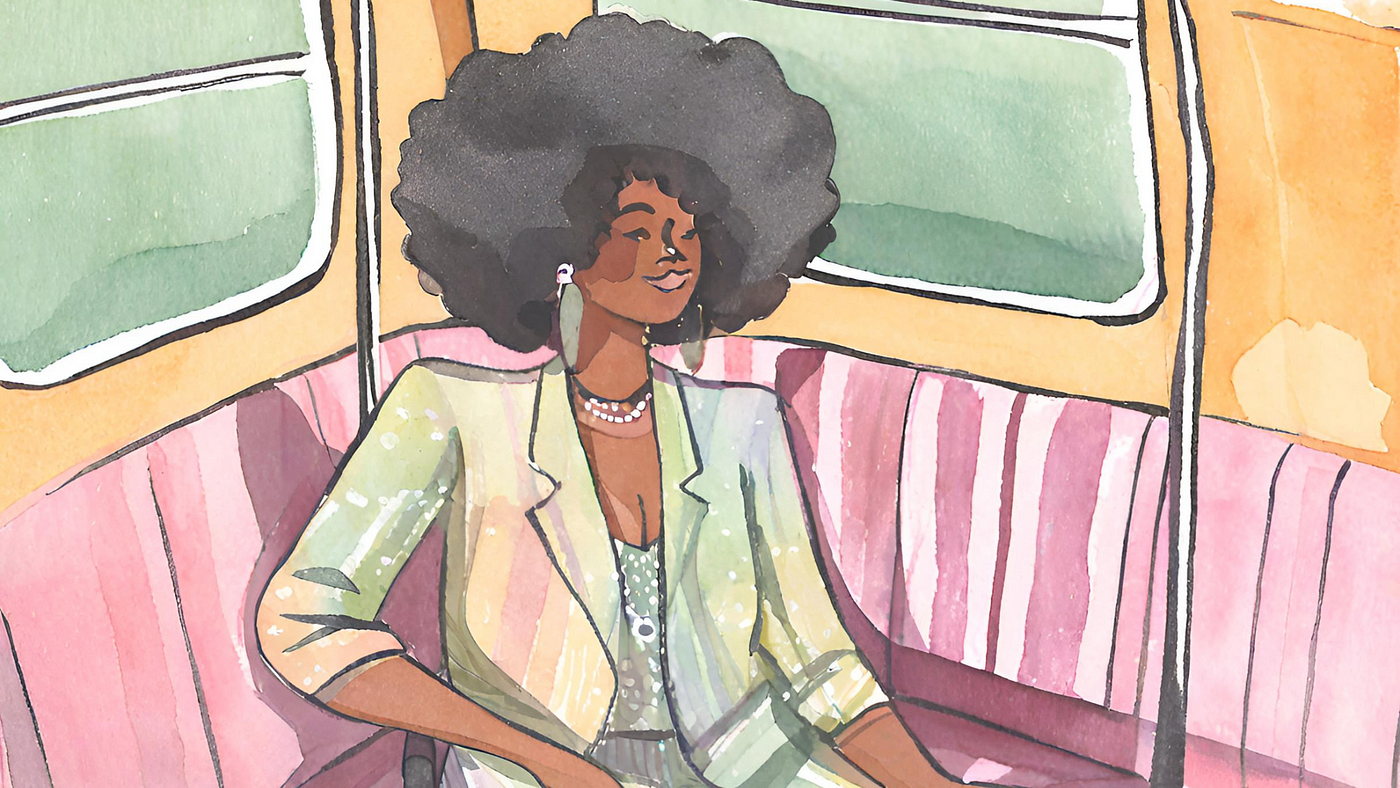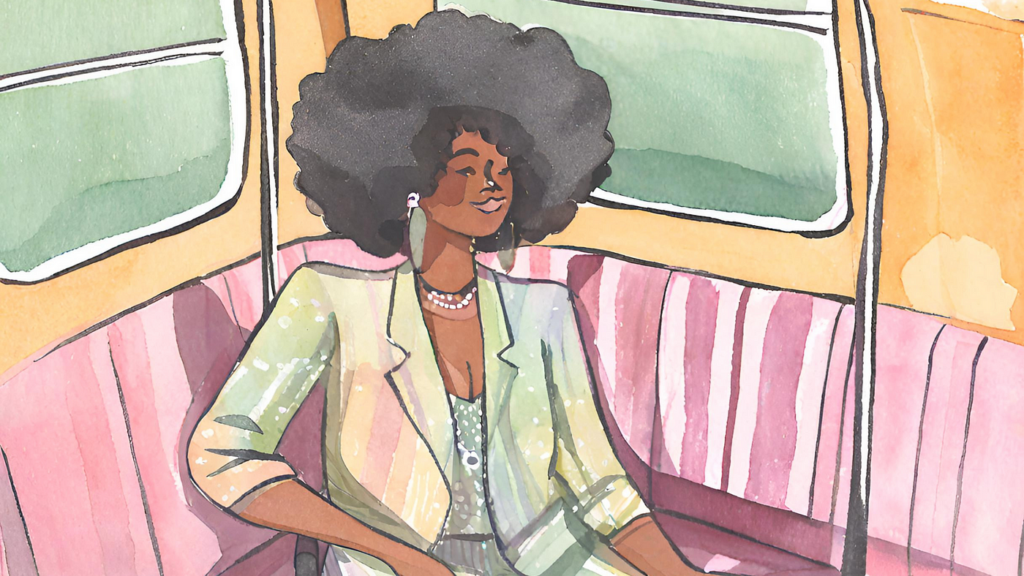
Are anti-DEI programs the new “whites-only” signs?

AI-generated photo of a Black woman sitting on a trolley | created by author using CANVA
When someone says they’re anti-DEI, not enough pressure is put on them to explain what the alternative looks like to express their vision for our society. And that’s because if they did spill the beans, their vision would likely be reminiscent of a shameful era in our country’s history, characterized by cruel policies of racial exclusion. For instance, Ronald Reagan’s 1980 presidential slogan, “Make America Great Again,” resurrected by former President Donald Trump, hints at the type of change some seek. They find a strange nostalgia of super thick, shared milkshakes and drive-in movie theatres, but there’s a convenient forgetfulness of the racism of that era.
In 1926, for instance, Virginia passed a law mandating racially segregated seating at any “public hall, theater, opera house, motion picture or any place of public entertainment or public assemblage.” Essentially, this racist law made it illegal for a group of Black teenagers to go to the movies and sit near White teenagers. That’s the whacky thing about these segregation-era laws: they sought to prevent the type of fun or sharing of a cultural experience that could challenge the racial hierarchy. Enforcing racial segregation in a place as cheerful as a movie theater helped maintain the status quo that othering and, therefore, excluding Black people was a natural order. And by preventing Black and White people from watching movies together, they were depriving them of access to a shared experience.
In Louisiana, even blind Black people received racially segregated care. Hospital “board of trustees” were required to “maintain a separate building.. on separate ground for the admission, care, instruction, and support of all blind persons of the colored or black race.” In Georgia, until the 1960s, Black people could not visit a public park reserved for White people. Let that marinate, that people who couldn’t even recognize skin color if they wanted to were systematically discriminated against. The bottom line is we don’t have to imagine what this country would look like when diversity, equity, and inclusion are disregarded, and racial homogeneity, inequity, and exclusion…
